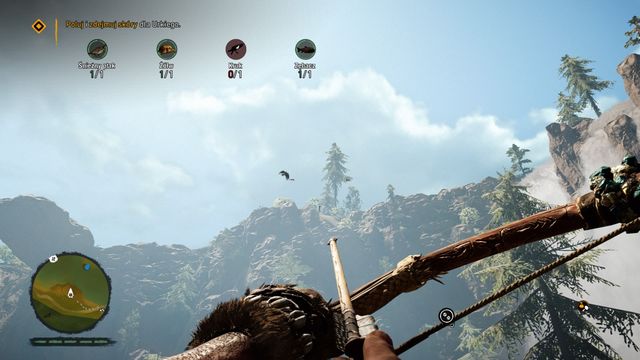
He acquires a pet owl, and has the ability to see through its eyes, which makes it a handy scout as it can tag enemies – and even, when upgraded, attack them.


Tensay, the shaman, is perhaps his most important guru: he makes Takkar drink a foul brew which induces distinctly psychedelic visions, after which he learns how to tame animals. Early on, he rescues Sayla, a hunter and warrior who identifies missing members of the clan for you to track.įrom these quests Takkar assimilates an incredible array of skills. Your role is to build up your nascent village, established in a province called Oros, by helping out the scattered local Wenja tribespeople. You play as Takkar, an unapologetic alpha male in the otherwise peaceful Wenja tribe. Unlike its forebears then, you can’t describe it as an open-world first-person shooter – it’s still first-person and open-world, but all guns, vehicles, explosives and gadgets have been summarily ripped out. This time around, Ubisoft Montreal has certainly created a startlingly different Far Cry game, simply by setting it in the Stone Age – 10,000BC, to be precise.

Far Cry 4, for example, was certainly accused of being too much like Far Cry 3, and the more you play Primal, the more it feels like an elaborate attempt to challenge all the assumptions around sequels and spin-offs. F inding a game disappointing because of its similarity to last year’s instalment is one of the great complaints levelled at the modern industry and its love of annual franchises.


 0 kommentar(er)
0 kommentar(er)
